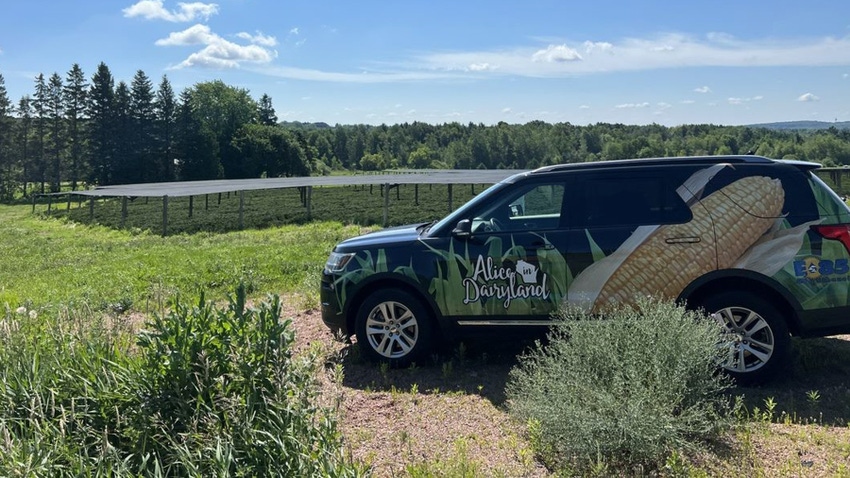August 2, 2023

by Ashley Hagenow
While wild American ginseng can be found in the shade of deciduous, mixed hardwood trees in the Eastern U.S., up to 95% of all cultivated ginseng in the country comes from Wisconsin. The rules and regulations differ between cultivated and wild ginseng, but their appearance and growth are similar.
American ginseng is a short plant with a fleshy root that takes three or more years of growth to reach market size. According to the University of Wisconsin, seeds are planted in the fall for a spring germination. In the plant’s first year, there is very little aboveground growth, and the root grows about 1 inch long and 3 inches wide. Each year more leaves grow, and the root continues to develop. The plant will produce yellow-clustered flowers and crimson berries with two seeds each.
After the third growing season, roots have just begun to reach a marketable size. Roots will be 3 to 8 inches long and 1 to 3 inches thick. The length from plant to harvest is just one of the unique qualities of Wisconsin’s world-famous cultivated ginseng.
Because wild ginseng grows in the shade of forests, cultivated ginseng also must be grown in 70% to 90% shade. Much of this shade is artificial, made from posts, lattice and fabric. These shade structures bring a smile to my face knowing what is growing underneath them every time I drive through Marathon County, where nearly all the state’s ginseng is produced.
Another unique aspect of ginseng is that it can only be grown on virgin soil. This means that after the crop has been in the ground for three to five years, ginseng can never be grown in that spot again. For this reason, ginseng growers will often rent land from farmers, and after harvest, that land will again grow corn, hay, soybeans or other crops.
Why Wisconsin ginseng stands out
We now know what makes ginseng such a unique crop, but what makes Wisconsin ginseng stand out? The Ginseng Board of Wisconsin says, “What makes Wisconsin-grown ginseng so unique is something French winemakers call 'terroir.' In the case of Wisconsin ginseng, the rich and fast-draining soil, gentle topography, and long, cold winter seasons of central Wisconsin combine to create the perfect terroir for a bitter, bolder and better product.”
The harvest is just beginning this time of year. When a ginseng garden is ready, the shade structure is removed, and specialized tractors and diggers gently uproot the ginseng roots by turning the soil. Harvesters come behind and collect the roots. The roots are cooled for a few weeks and are then washed and dried. They then can be further processed or sold fresh.
The vast majority of Wisconsin’s ginseng is exported, but it can also be enjoyed right here at home in teas, soups, baked goods, salads and more. Visit realwisconsinginseng.com to see some recipes the Ginseng Board of Wisconsin has compiled.
I look forward to continuing to learn more about ginseng and its importance to Wisconsin agriculture’s $104.8 billion industry during my term as Alice in Dairyland.
Hagenow is the 76th Alice in Dairyland.
You May Also Like




